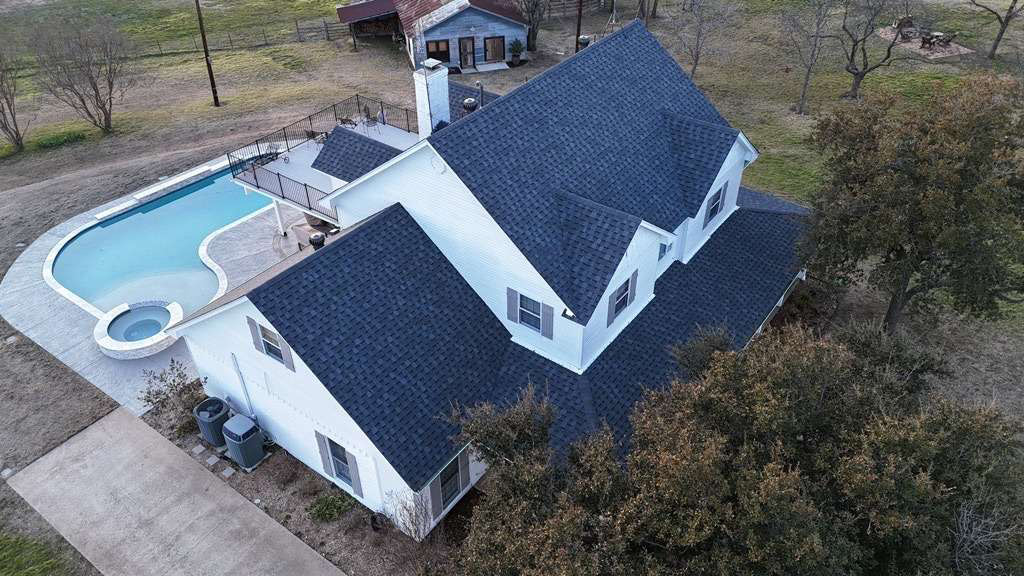The Roof of the Matter When Buying or Selling a Home

 By: Matt Spanton, President of Commercial & Strategic Growth at RAFTRx
By: Matt Spanton, President of Commercial & Strategic Growth at RAFTRx
If you’re looking to buy or sell a home in the next few months or the next few years, you need to look at your roof coverage. Recent changes in climate-related events and the home insurance industry are leaving more homes labeled as uninsurable if the roof is over a certain age and stopping home sales in their tracks.
Higher Risk Means Higher Cost
According to the Insurance Journal, natural disasters caused over USD 140 billion in insurance losses in 2024. This isn’t just a one-off but a steady trend that’s been rising for decades. Extreme weather events are happening more frequently and damaging more homes, which in turn costs insurance companies more money. Last year was the third-most expensive year for natural disasters, and this is the fifth consecutive year losses have surpassed $100 billion.
Insurance companies can’t control the weather, but they can control the amount of risk they are willing to take on. One primary way they can mitigate risk is to change coverage.
Changing Weather Changes Coverage
It used to be that if you could demonstrate that your roof was well-maintained and still had some years left, your insurance provider would offer roof coverage. This coverage would decrease with age, of course, but receiving something is better than nothing.
Another option, especially for homes with aging roofs, was to offer an exclusion clause. Under this policy, the buyer could obtain coverage for the rest of the home while excluding the roof until necessary repairs were completed to make it insurable. Often, when this was the case, buyers could use it as leverage to negotiate a lower asking price, citing the additional money needed for the home. However, more and more providers are outright refusing to cover homes with roofs over a certain age, regardless of their condition.
Restrictions on roof coverage differ from state to state and provider to provider. Typically, states with more frequent severe weather are more likely to offer coverage for a shorter duration. For example, in Florida, most insurance companies now cover roofs for only up to ten years, while in Georgia, it’s closer to fifteen years. This sudden reduction in coverage is leaving many sellers in a difficult position and forcing buyers to abandon their first choice of home when they cannot obtain a mortgage due to lack of insurability. It’s a lose-lose situation for both parties.
Steps Homeowners Should Take Prior to Listing
Before you list your home for sale, you need to factor your roof into the equation to avoid any snags in the closing process. The best steps to take are:
Chat with Your Realtor—Your realtor should be aware that this is a growing issue for homeowners looking to buy and sell. They can guide you through the steps you should take and connect you with your local roofing expert.
Schedule an Inspection ASAP – Once you decide to sell, contact a roofer to inspect your home. The earlier you do this, the better, for several reasons. You won’t know what they might discover up there. Your roof could be in excellent condition, or it might require significant repairs. If it needs repairs, you could face days of construction, and if additional issues arise, it will take even longer. Arranging your roof inspection sooner rather than later allows for more time to handle necessary repairs.
Address Any Issues – The days of postponing roof repairs onto buyers through clauses in the closing contract are over. To prevent the risk of your insurance refusing to cover the home, which could force you to unlist and relist your house to fix roof problems midway through the process, collaborate with your local roofing expert to resolve these issues now. Bonus: your updates enhance your appeal and add value for potential buyers.
Things Home Buyers Should Consider
Changes in roof insurance policies don’t just affect home sellers, they also affect buyers. For those looking to purchase a new house, here are things you need to be aware of:
Roof Age – The duration of insurance coverage for a roof varies by state. In Florida, it’s approximately 10 years, while in Georgia, it’s closer to 15. Some states have no existing limits. Although there isn’t a strict rule, keeping 10 years in mind when buying a house is wise. For example, if you buy a home with a roof that’s 8 years old, you’ll likely need to replace it in 2 years to maintain insurance coverage. Conversely, if you purchase a house with a roof only 3 years old, you will have about 7 years to plan for replacement costs.
Insurance policy – One important factor to consider when buying a new home is to thoroughly review your insurance policy. There is no guarantee that you can obtain the same coverage for your new home as you had for your old one. Pay close attention to aspects like exclusion clauses and the type of roof coverage provided. Many providers are transitioning to actual cash value policies (ACVs), where homeowners only receive a payout equivalent to the roof’s value at the time of replacement, resulting in significantly higher out-of-pocket costs for homeowners.
Whether you’re buying or selling, having your home insured is essential given the increasing weather extremes. In 2024, the total economic losses from natural disasters reached $368 billion, with insurance only covering 60% of that amount. Be sure to have your roof inspected by an experienced, licensed roofer like RAFTRx to understand the full extent of the situation above.

